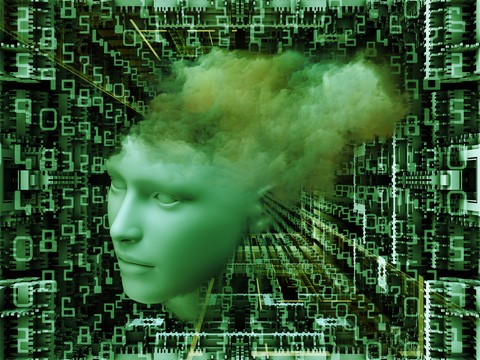Here is a really cool background on algorithms and processing from wikipedia:
In philosophy, a computational theory of mind names a view that the human mind or the human brain (or both) is an information processing system and that thinking is a form of computing. The theory was proposed in its modern form by Hilary Putnam in 1961, and developed by the MIT philosopher and cognitive scientist (and Putnam’s PhD student) Jerry Fodor in the 1960s, 1970s and 1980s.[1][2] Despite being vigorously disputed in analytic philosophy in the 1990s (due to work by Putnam himself, John Searle, and others), the view is common in modern cognitive psychology and is presumed by many theorists of evolutionary psychology; in the 2000s and 2010s the view has resurfaced in analytic philosophy (Scheutz 2003, Edelman 2008).
The computational theory of mind holds that the mind is a computation that arises from the brain acting as a computing machine. The theory can be elaborated in many ways, the most popular of which is that the brain is a computer and the mind is the result of the program that the brain runs.[3] A program is the finite description of an algorithm or effective procedure, which prescribes a sequence of discrete actions that produces outputs based only on inputs and the internal states (memory) of the computing machine. For any admissible input, algorithms terminate in a finite number of steps. So the computational theory of mind is the claim that the mind is a computation of a machine (the brain) that derives output representations of the world from input representations and internal memory in a way that isconsistent with the theory of computation.
We hope you enjoy the video and challenge you to try this bike experiment if you get the opportunity.
